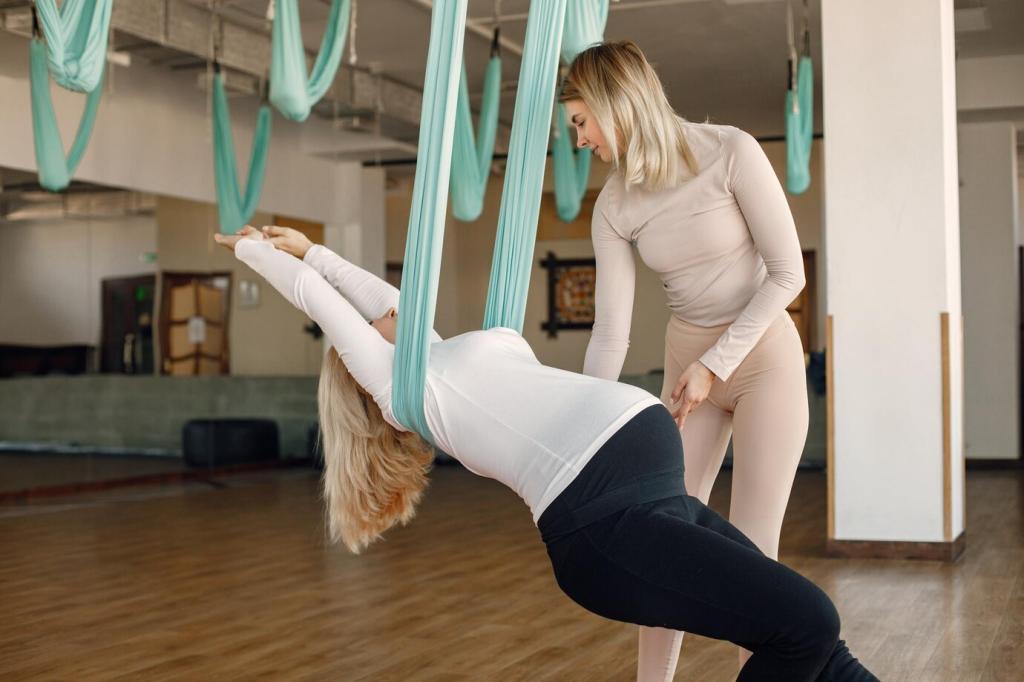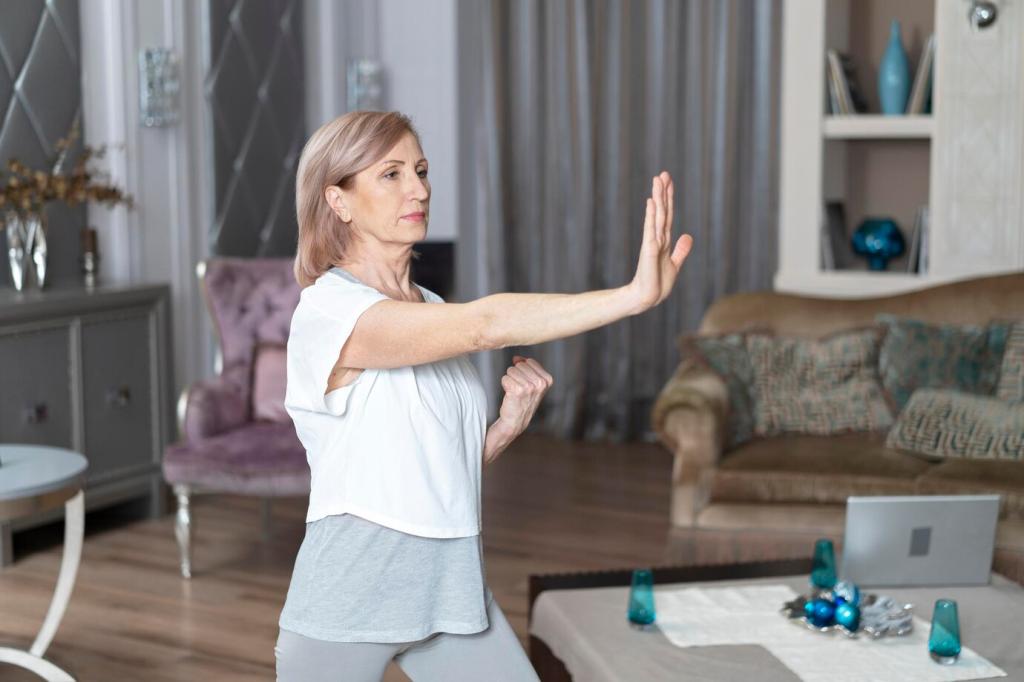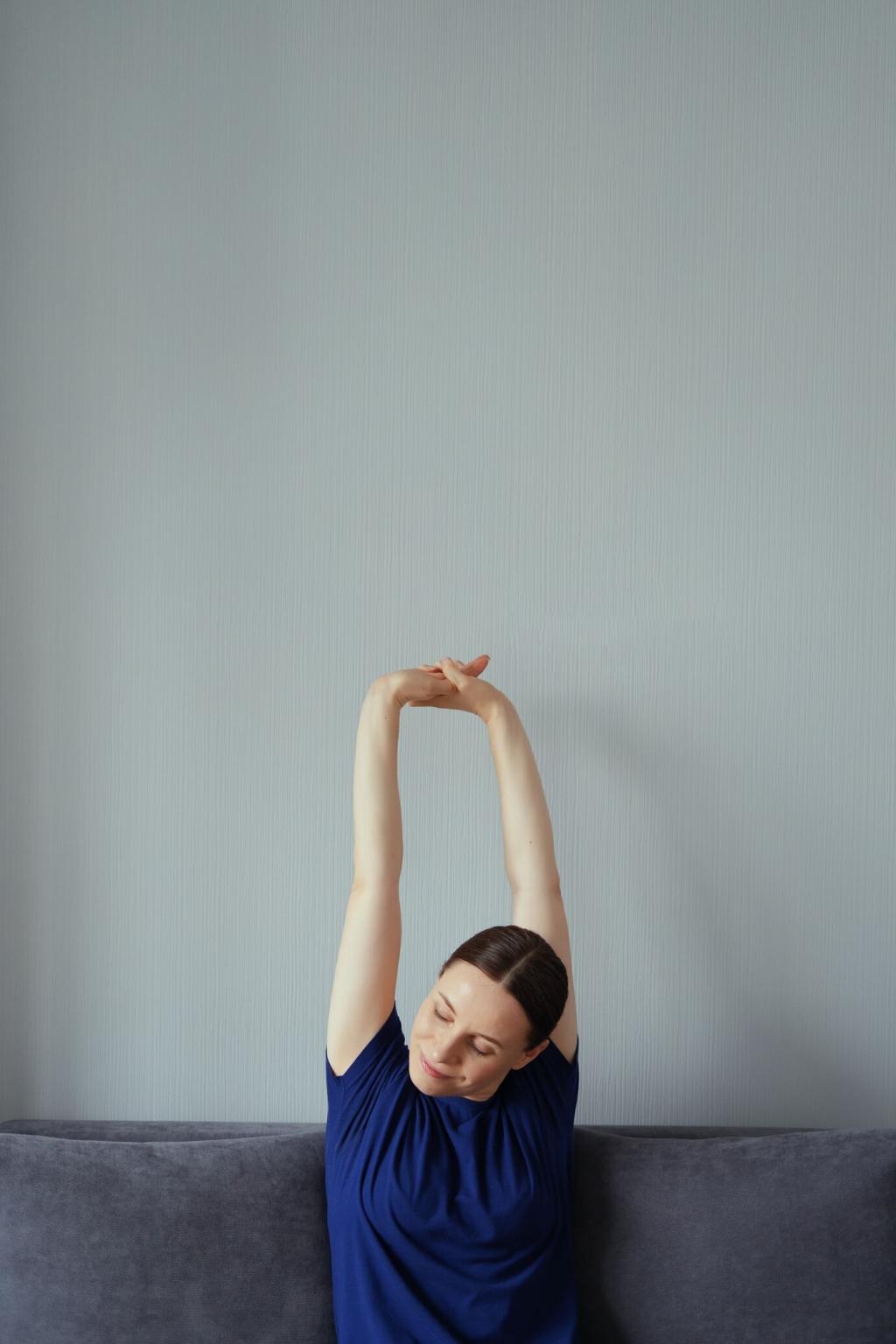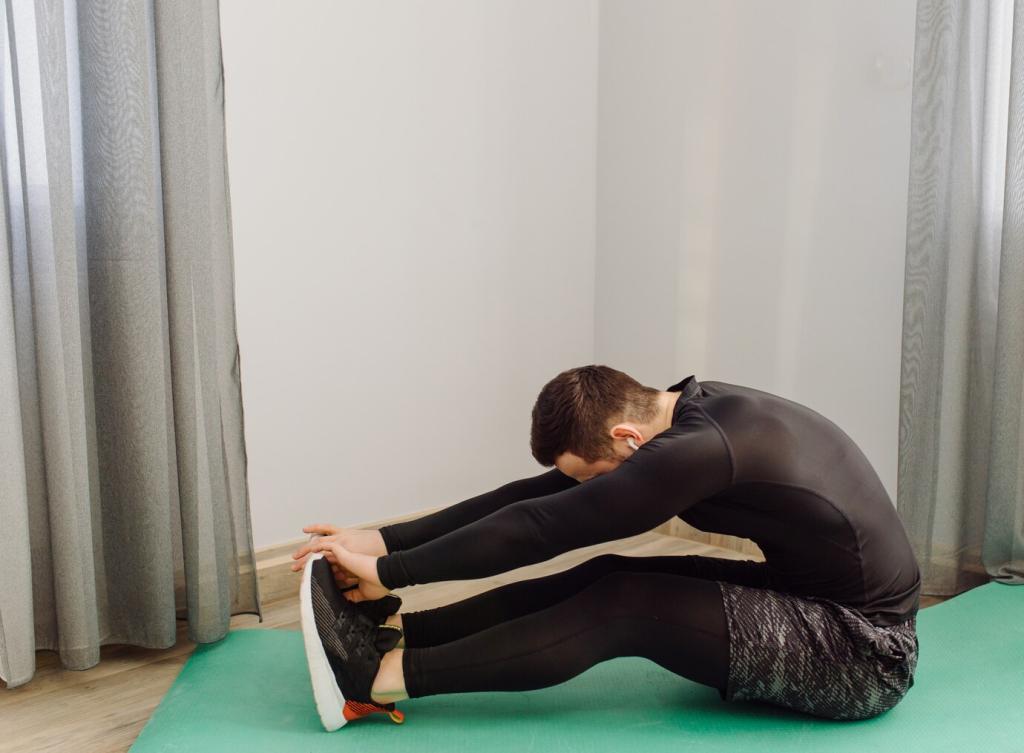
Flow Further: Yoga Session Plans for Increased Flexibility
Chosen theme: Yoga Session Plans for Increased Flexibility. Welcome to a space where well-crafted sequences, mindful breath, and gentle persistence transform stiffness into spacious, confident movement. Explore practical plans, relatable stories, and science-backed tips—then join the conversation and shape future flows with your voice.

Core Session Blueprint: 45-Minute Flexibility Flow
Start supine with diaphragmatic breathing, windshield-wiper legs, and gentle spinal rolls. Move to tabletop for cat–cow and thread-the-needle. Finish with low lunges, pulsing gently with breath. This primes hips, hamstrings, and spine so your flexibility-focused yoga session plan feels fluid rather than forced.
Cycle through low lunge to half splits, pyramid, and wide-leg forward fold, holding each for four to eight breaths. Add puppy pose, sphinx, and thoracic rotations for shoulders and spine. Between holds, include dynamic transitions to prevent stiffness and keep your nervous system engaged yet calm.
Settle into longer, soothing holds: supine figure-four, supported butterfly with blocks, and legs up the wall. Finish with a brief body scan and gratitude breath. Seal your yoga session plan by noting one range of motion that felt freer, reinforcing progress and encouraging consistent practice.

Muscles and fascia respond to sustained, gentle load. Longer, calm holds increase stretch tolerance and allow collagen fibers to remodel gradually. Aim for consistent sessions rather than heroic single efforts, because tissues adapt best to repeatable, moderate stimuli that respect recovery and quality alignment.

Stretching is as much about your brain as your muscles. Muscle spindles and Golgi tendon organs regulate tension; slow breathing and mindful attention reassure the system. That trust unlocks range safely, making breath cues and easeful pacing essential in every flexibility-oriented yoga session plan.

Warm environments, light movement, and hydration enhance tissue pliability. Think of fascia like a sponge: it glides better when well hydrated and gently warmed. A few minutes of rhythmic mobility before static holds can significantly improve comfort, depth, and long-term gains without provoking protective tightness.
Hips and Hamstrings
Combine low lunge variations, half splits, pyramid, and seated forward folds. Use blocks under hands to maintain length in the spine. Mix contractions—press heel down in half splits, then soften—to encourage deeper range. This family anchors many yoga session plans for increased flexibility with reliable, measurable progress.
Spine and Shoulders
Blend puppy pose, sphinx, supported fish, and thoracic twists. Keep ribs softly drawing down to protect the low back while opening chest and lats. Shoulder flossing with a strap improves overhead range so downward dog, wheel prep, and binds feel more accessible over weeks, not hours.
Ankles and Feet
Calf raises, kneeling dorsiflexion stretches, and toe mobility work improve squats, lunges, and standing balances. Slide a rolled towel under toes for a gentle plantar stretch. Better ankle mobility supports the entire chain, helping hamstrings and hips unlock as alignment improves from the ground up.


Customize for Your Life
Try two mini-sessions: five minutes mid-morning with chest openers, hip flexor pulses, and neck glides; ten minutes after work with hamstring flows and supported twists. Keep a strap by your chair. Comment with your tightest area, and we will share a targeted micro-sequence you can do beside your desk.
Customize for Your Life
Post-ride or run, spend twenty minutes on calves, hip flexors, glutes, and T-spine. Flow from lizard to half splits, then figure-four and supported bridge. Emphasize breath over depth. Share your weekly mileage and we will suggest a recovery-focused schedule that preserves speed while widening range safely.
Props, Progress, and Safety
Blocks, Straps, and Walls
Blocks bring the floor closer so your spine stays long. Straps create anchored feedback in hamstring folds and shoulder openers. A wall supports balance while exploring deeper angles. Post your favorite prop combo, and we will craft a short yoga session plan built around it for flexibility wins.
Track What Matters
Note breath smoothness, ease of transitions, and post-session sensations, not just angles. Take monthly photos in three poses with consistent setup. Schedule deload weeks to consolidate gains. Share one surprising improvement—maybe an easier squat or lighter stride—so the community learns from your real-world progress cues.
Safety Signals and Adjustments
Sharp, electric pain is a no; dull stretch with steady breath is a yes. Back out if breath shortens or joints feel pinched. Swap depth for duration, and maintain gentle engagement. Comment if a pose bothers you, and we will recommend an immediate, safer modification aligned with your goals.
Story and Community: Keep the Momentum
Maya, a violinist, logged ten-minute nightly flows for six weeks after years of tight shoulders. She noticed bowing felt lighter and her morning neck aches vanished. Her secret was patience: breath-counted holds, not force. Share your profession and we will tailor a flexibility plan that supports your craft.
Story and Community: Keep the Momentum
What three poses feel essential for you right now? Post your trio in the comments and describe when you practice them. We will reply with a customized, five-pose extension that fits your schedule and deepens your range without sacrificing comfort or joy in the process.


